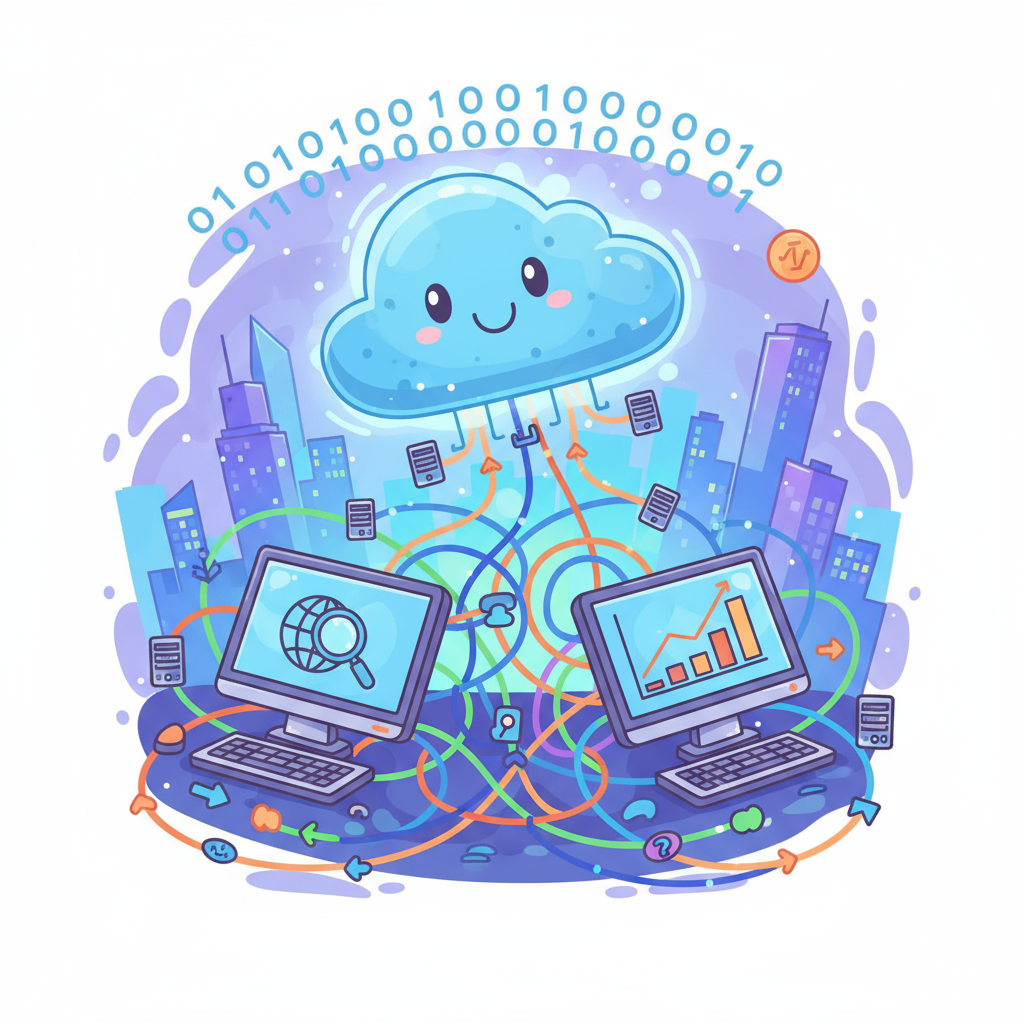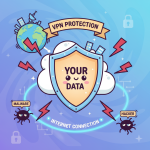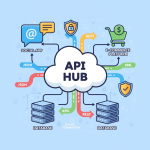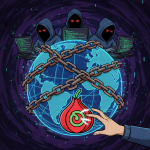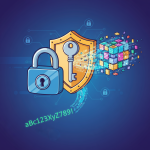In an increasingly digital world, understanding what is IT is essential for businesses, cybersecurity professionals, IT managers, and CEOs alike. Information Technology (IT) is the backbone of modern organizations, enabling efficient operations, secure communications, and innovation. Simply put, IT involves using computers, networks, software, and other digital systems to store, process, transmit, and protect data. This article explores the core concepts of IT, its role in cybersecurity and business continuity, key components, emerging trends, and strategies to leverage IT for business success.
Introduction: Why It’s Essential to Understand What Is IT
Information technology is everywhere—from the smartphones in our hands to the vast data centers processing global commerce. For organizations, IT is much more than hardware and software; it’s a strategic asset driving business transformation, security, and growth. Understanding IT fundamentals helps leaders make informed technology investments and navigate digital risks effectively.
Defining IT: Core Concepts Every Professional Should Know
Information Technology (IT) refers broadly to computer systems and telecommunications used to manage data. It encompasses:
-
Hardware: Physical devices like servers, computers, routers, and storage units.
-
Software: Operating systems, applications, and enterprise programs.
-
Networking: Infrastructure that connects devices for data exchange internally and over the internet.
-
Data Management: Systems and databases that store and retrieve organizational information.
-
Security: Tools and protocols to protect IT assets from cyber threats.
Together, these components create a technological environment that supports an organization’s goals.
What Does Information Technology Include?
IT includes numerous technologies that operate together for data handling and communication, such as:
-
Cloud computing platforms
-
Cybersecurity frameworks
-
Artificial intelligence and automation tools
-
Data analytics and business intelligence
-
Internet of Things (IoT) devices
-
IT governance and policy frameworks
This integrated ecosystem enables businesses to operate efficiently and compete in digital markets.
Key Terminologies in IT Explained
Common IT phrases industry professionals should know:
-
Server: A powerful computer that provides services or data to other devices.
-
Firewall: A security barrier that controls incoming and outgoing network traffic.
-
VPN (Virtual Private Network): A secure connection to protect data over public networks.
-
LAN/WAN: Local and Wide Area Networks connecting computers within a limited or broad range.
-
Cloud Storage: Online space for storing data and applications remotely.
These are foundational concepts for understanding IT’s scope and functionality.
The Role of IT in Cybersecurity and Business Continuity
IT is critical to protecting an organization’s digital assets. With rising cyber threats, IT ensures:
-
Data Protection: Encryption, access controls, and secure backups prevent data breaches.
-
Threat Detection: Monitoring systems identify anomalies and thwart cyberattacks.
-
Remote Access Security: VPNs and multi-factor authentication enable safe remote work.
-
Disaster Recovery: IT systems support recovery plans minimizing downtime and data loss.
Businesses depend on IT security frameworks to maintain trust, comply with regulations, and sustain operations during crises.
Key IT Infrastructure Components and Systems
Understanding the building blocks of IT infrastructure aids leaders in strategic planning. Core components include:
-
Hardware Infrastructure: Servers, storage devices, networking equipment.
-
Software Systems: Enterprise resource planning (ERP), customer relationship management (CRM), and operating systems.
-
Networking: Wired and wireless connectivity facilitating data flow.
-
Cloud Services: Scalable computing resources accessed over the internet.
-
Data Centers: Facilities housing IT equipment supporting business applications.
Together, these elements form the technological foundation enabling business functions.
Hardware, Software, and Networks Overview
-
Hardware includes the physical machines behind IT operations—computers, peripherals, and networking devices.
-
Software powers these devices and facilitates tasks through applications, databases, and utilities.
-
Networks allow communication between devices both internally (LAN) and externally (internet).
Effectively managing these elements is vital for IT service quality and performance.
Cloud Computing and Its Impact on IT
Cloud computing has revolutionized IT by delivering computing power, storage, and applications via the internet, offering:
-
Cost savings through pay-as-you-go models
-
Flexibility to scale up or down based on needs
-
Access to global infrastructure and services
-
Enhanced collaboration via cloud-hosted platforms
Adopting cloud solutions accelerates digital transformation and improves operational agility.
Emerging IT Trends Shaping the Future of Businesses
Several technological advancements are transforming IT’s role:
-
Artificial Intelligence and Machine Learning: Automate processes and advance data insights.
-
Internet of Things (IoT): Connect devices for enhanced monitoring and control.
-
Edge Computing: Processing data near source to reduce latency.
-
Blockchain: Secures transactions with transparent, tamper-proof ledgers.
-
Cybersecurity Innovations: Zero-trust models and advanced threat intelligence.
These trends enable organizations to innovate while bolstering security and efficiency.
How IT Drives Digital Transformation and Innovation
IT empowers businesses to recreate processes and customer experiences by:
-
Integrating data across multiple platforms for real-time decision-making.
-
Automating repetitive tasks to free human resources for creativity.
-
Using analytics to predict trends and tailor services.
-
Supporting new business models such as e-commerce and remote work.
Digital transformation, underpinned by IT, is key to competitiveness and growth in the modern economy.
Common IT Challenges and Effective Solutions
IT leaders often face challenges including:
-
Legacy Systems: Outdated infrastructure may hamper flexibility.
-
Cybersecurity Risks: Constantly evolving threats require strong defenses.
-
Talent Shortages: Skilled IT professionals are in high demand.
-
Budget Constraints: Balancing innovation with operational costs.
Solutions involve strategic upgrades, investing in cybersecurity, continuous training, and prioritizing projects aligned with business impact.
Strategic IT Management: Aligning IT With Business Goals
Successful IT departments align technology initiatives with enterprise strategies by:
-
Establishing clear IT governance to define roles and standards.
-
Prioritizing projects that support revenue growth or cost efficiency.
-
Maintaining transparency and communication between IT and business teams.
-
Using metrics to measure IT performance and outcomes.
This alignment ensures technology acts as a true enabler of business success.
FAQ Section
Q1: What is IT in simple terms?
Information Technology (IT) is the use of computers, networks, and software to store, manage, process, and transmit data.
Q2: How does IT support cybersecurity?
IT implements protective measures like firewalls, encryption, monitoring tools, and access controls to secure data and systems.
Q3: What are key components of IT infrastructure?
Hardware, software, networking, cloud services, and data centers constitute IT infrastructure.
Q4: Why is IT important for business success?
IT enhances operational efficiency, supports innovation, protects against threats, and improves customer engagement.
Q5: What IT trends should organizations watch?
Watch advancements in AI, cloud computing, IoT, cybersecurity, and automation for competitive advantage.
Conclusion and Call-to-Action
Understanding what is IT is vital for organizations to thrive in today’s digital economy. IT is more than technology—it’s a strategic driver that supports business growth, innovation, and security. For leaders, embracing IT trends and aligning IT strategies with corporate goals ensures resilience and competitive edge.
Ready to enhance your organization’s IT capabilities? Stay informed with the latest insights, best practices, and innovations by subscribing to our expert newsletter designed for IT managers and business executives.
